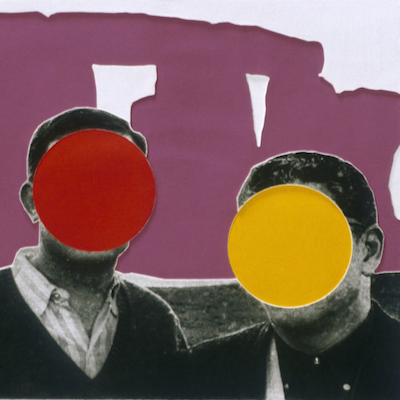
Details
Artist
Styles
Carton with plexiglass // Inter-Ena Cubo by Paolo Scheggi, created in 1965, is a striking exploration of depth and spatial perception through the use of mixed media. This work combines cardboard and plexiglass, arranged in a grid of sixteen circular cutouts, each half-filled with a contrasting gradient that creates an illusion of three-dimensionality. Scheggi’s use of layered materials invites viewers to engage with the interplay of light and shadow, evoking a sense of movement within the static form. The geometric repetition and muted tones contribute to a minimalist yet dynamic composition, typical of Scheggi’s engagement with spatial concepts during the 1960s. Measuring 41 cm by 41 cm with a depth of 11 cm, this piece exemplifies the artist’s commitment to challenging the boundaries between surface and space.
Inter-Ena Cubo, 1965
form
Medium
Size
41 x 41 X 11 cm
- Inches
- Centimeters
Edition
Price
Details
Artist
Styles
Carton with plexiglass // Inter-Ena Cubo by Paolo Scheggi, created in 1965, is a striking exploration of depth and spatial perception through the use of mixed media. This work combines cardboard and plexiglass, arranged in a grid of sixteen circular cutouts, each half-filled with a contrasting gradient that creates an illusion of three-dimensionality. Scheggi’s use of layered materials invites viewers to engage with the interplay of light and shadow, evoking a sense of movement within the static form. The geometric repetition and muted tones contribute to a minimalist yet dynamic composition, typical of Scheggi’s engagement with spatial concepts during the 1960s. Measuring 41 cm by 41 cm with a depth of 11 cm, this piece exemplifies the artist’s commitment to challenging the boundaries between surface and space.
What is conceptual art?
Sometimes referred to as Conceptualism, this is an art form where the idea(s) or concept(s) behind the work take precedence over material concerns and traditional aesthetics. Many conceptual artworks can be created by anyone simply by following written instructions. The concept or idea is the most essential aspect of the artwork.












